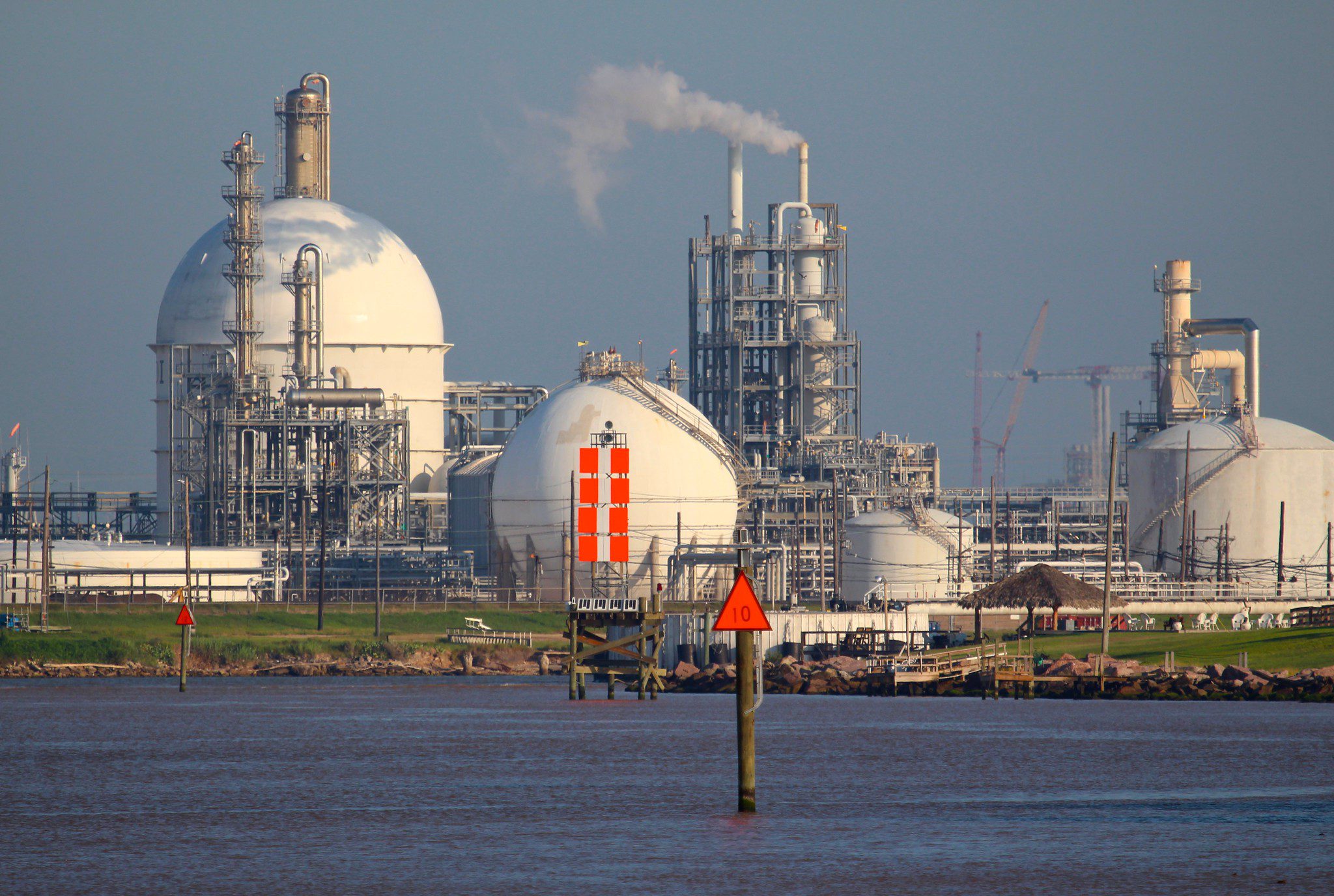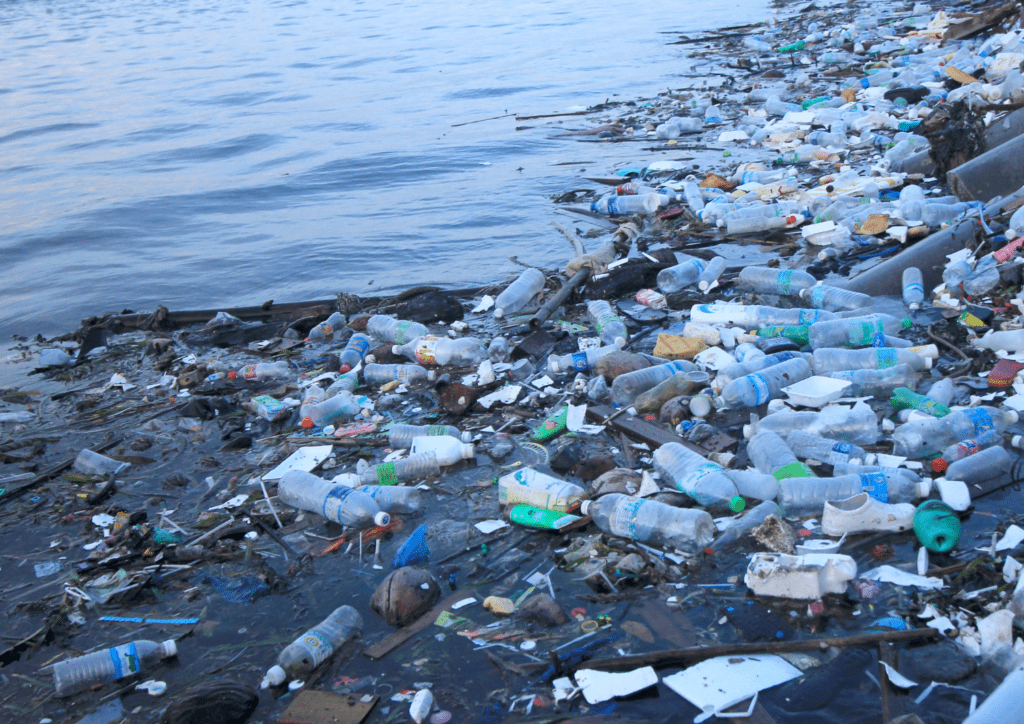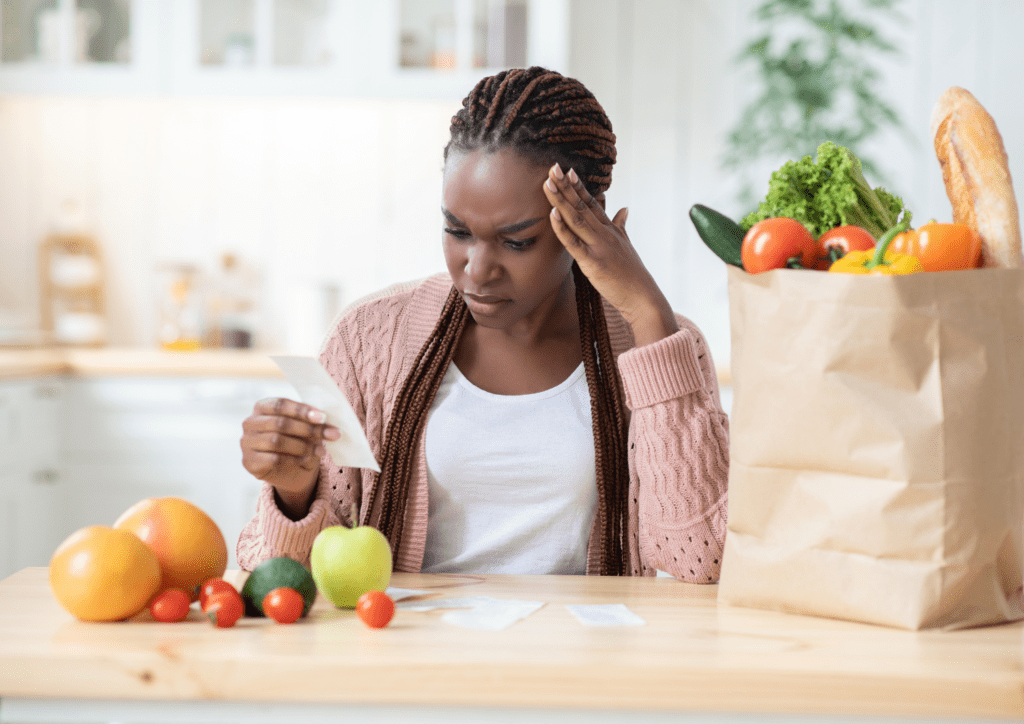The plastics industry is ramping up its public relations efforts to convince Ottawa, and all of us, that the federal plan on managing plastic pollution should be scrapped. Here, we unpack the claims made by Dow Chemical CEO Jim Fitterling in a recent op-ed published in the Financial Post.
Get the facts about plastics so you can help fight industry disinformation.
Jim says: “(T)he federal government’s proposal last year to designate plastic manufactured items as “toxic” … backtracks on the dedication to and investment in science.”
What we know:
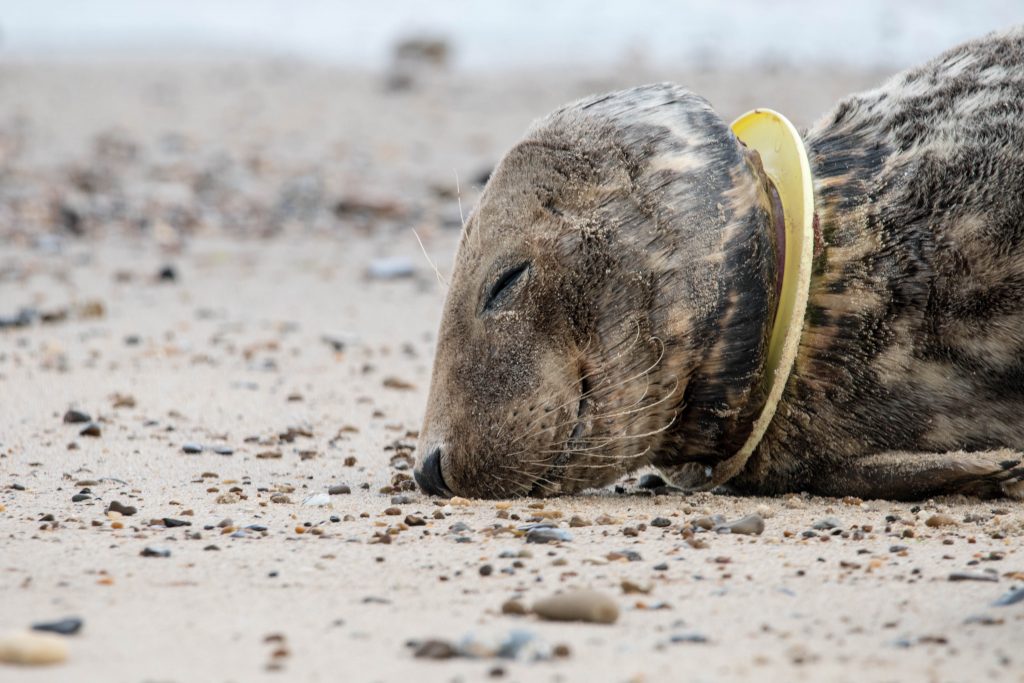
There is lots of scientific evidence about the damage that plastic pollution is doing to the environment. The federal government assessed that science before proposing to list “plastic manufactured items” as toxic. Countries around the world are using rich scientific knowledge to enact laws to stem the flow of plastics into the natural environment, where they’re harming wildlife and affecting habitats. Not one single credible scientist has said that plastic pollution is not harmful to the environment.
Jim says: “The government’s plan will “place plastic in the same category as lead and asbestos.”
What we know:
That’s correct. The government’s plan will add “plastic manufactured items” to a list of 151 other substances. Asbestos and lead are indeed on that list. So are substances, like plastics, that Canadians come into contact with all the time. Carbon dioxide, for example.
Listing a substance as toxic under the Canadian Environmental Protection Act (CEPA) requires the government to manage that substance to curtail the negative effects it has on the environment and/or human health. There is absolutely nothing nefarious or bizarre about doing this for plastics.
Jim says: “The government’s own assessment identified scientific knowledge gaps and concluded that further research was needed in order to understand the impacts of plastic pollution on the environment and human health.”
What we know:
Wait. We’re confused. Is Dow Chemical saying the federal government does respect science after all? In any case, what the government is saying is true. More scientific study is needed on the dangerous impacts of plastic pollution on human health. But the fact that it’s causing harm to the environment is beyond doubt.
And, regardless, Canadian environmental law follows the very important precautionary principle enshrined in international law. That means not only that the government doesn’t have to wait, but in fact *must not* wait until all the science is in before acting to protect the environment and/or human health.
As we find out more, we can take even better measures to protect ourselves and our planet from plastic pollution.
Jim says: “Society does have a plastic waste problem.”
What we know:

Dow and the rest of the industry only want to talk about the problem with plastics as a waste issue, aka garbage and litter. They think that allows them to point the finger at the failings of others (litterers, municipal waste systems) for the fact that plastic pollution is everywhere. But the thing is, the plastics industry produces, worldwide, about 400 million tonnes of plastic – and growing – every year. About 40 per cent of that is *designed* to be used once and thrown away. Almost none of it is designed with recycling in mind. Plastic waste and, more accurately, pollution, are designed right into the products.
It’s easy for the industry to call out others who are stuck dealing with the “end of life” of their products. And you know why? Because, right now, the industry has almost no responsibility for dealing with the pollution it creates.
Instead, the industry focuses on disinformation and sometimes even adds confusing claims to its labels, like “biodegradable” and “compostable.” These claims are completely unhinged from the realities of the systems that other people have had to create – and pay for – to manage plastic waste. As an example, few municipal green bin systems can currently compost your “compostable plastic” single-use coffee pod or takeout container. They can’t recycle them either. So those “compostable” items end up in landfill, where they break down over time and release atmosphere-warming methane gas. And because the labels are confusing, these items sometimes make a stop in a compost or recycling facility first, where they contaminate the actual compostables and recyclables.
Society has a plastic *pollution* problem. The plastics industry is the root cause of that problem. To add insult to injury, it’s been trying to blame consumers and municipal waste systems for years, gaslighting them for not being able to manage the mess that the industry itself creates.
Jim says: “Replacing plastics with other materials would actually increase the overall weight of waste by more than four times, requiring more landfills and additional infrastructure investments to handle this greater overall amount of waste.”
What we know:
Did we say disinformation?? Who said anyone was in favour of putting heavier garbage into landfills? If the stuff is not recyclable (like the majority of plastics being used today and unlike glass and metal), it doesn’t really matter how much it weighs. The bottom line is, we don’t want any of it in landfills or incinerators.
No one is trying to replace all single-use plastics with other materials. The first goal, from a pollution reduction point of view, is to reduce the use of all single-use products as much as possible. No matter what they’re made of. Then to support reuse systems, some of which may well rely on reusable, durable plastics. And finally, to ensure all the plastics we do use can be recycled over and over again using energy-efficient processes into products of a similar value and quality.
For single-use items we do continue to need, natural fibres may well make more sense than plastic, especially if there’s a chance those items will end up directly in the natural environment. Have you ever seen the belly of a dead whale full of glass, or cotton, or metal? Neither have we.
Jim says: “In a world set to add two billion people by 2050 and to need 30 per cent more water, 40 per cent more energy and 50 per cent more food, plastics are vital to a low-carbon future.”
What we know:
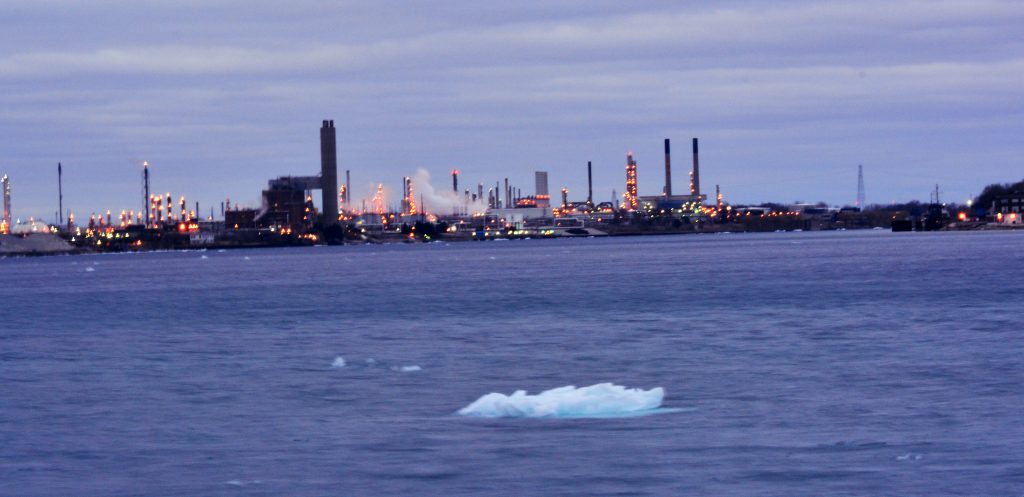
More people, sure. But that doesn’t mean we need more plastic. If current trends continue, plastic production will represent 15 per cent of all greenhouse gas emissions around the world by 2050. That’s some low-carbon future. Not. Plastic is a contributor, not a solution, to climate change.
Jim says: “Plastic makes cars lighter and more fuel-efficient.”
What we know:
This is a clear attempt to confuse people. The government is only talking about banning some single use plastics. We don’t expect, nor want, the federal government to set rules under CEPA that would stop the use of durable plastics for things like transportation vehicles. That said, the companies that make and sell vehicles should be responsible for those components when the vehicles reach the end of their useful lives. And the components should be designed with recycling in mind.
Jim says: “Plastics are on the front lines of the current COVID-19 pandemic, from providing personal protective equipment for healthcare professionals to ensuring sterility for medical devices.”
What we know:
We don’t expect the government to use CEPA to ban medical equipment. This is another attempt to confuse people. But it doesn’t stand to reason that since some plastics are clearly useful, all plastics are good.
Further, medical researchers are well aware of the longer-term risks of plastic pollution and some are trying to find ways of replacing single-use with reusable equipment in health care. It would be an excellent idea for the federal government to support such research and any pilot projects.
Jim says: “We help customers integrate recycled plastics into their products in uses as wide-ranging as improved asphalt roads, building materials, a broad range of post-consumer recycle [sic] applications, including plastic packaging, and recycling back to feedstocks to make plastics again. These types of solutions provide both longer-lasting infrastructure and a value-added use for plastic and plastic waste.”
What we know:
We’ll have to part ways with Dow on this one. Recycling is a valuable part of a circular economy when it can cost-effectively and energy-efficiently take an item that has reached the end of its useful life and turn it into the raw material, minimizing any loss any in the process, to make that item again. Or an item of similar value and quality.
Very little packaging is appropriate for true recycling. Taking a bunch of plastic packaging and turning it into roadbeds is not recycling. It’s basically a landfill you drive on that has great potential to leach microplastics and other toxic plastic additives into the surrounding environment.
It is worth pointing out here, even if Dow doesn’t mention it explicitly, that turning plastic into fuel is not recycling either. In fact, burning plastic is 99 per cent the same as burning fossil fuels (the feedstocks for 99 per cent of plastics). And we’re trying to get away from that.
It’s clear that Dow Chemical has only one interest: Its corporate bottom line
Dow Chemical has very clear interests in creating doubt about the need for a federal plan to manage plastic pollution. But those interests are not shared by the environment, wildlife or the Canadian public. Dow wants to keep on doing what it’s been doing for generations: making money for its shareholders. The Canadian government’s job is to look out for our interests and that’s why its plan to curb plastic pollution makes sense.
Get the facts about plastics so you can help fight industry disinformation.



